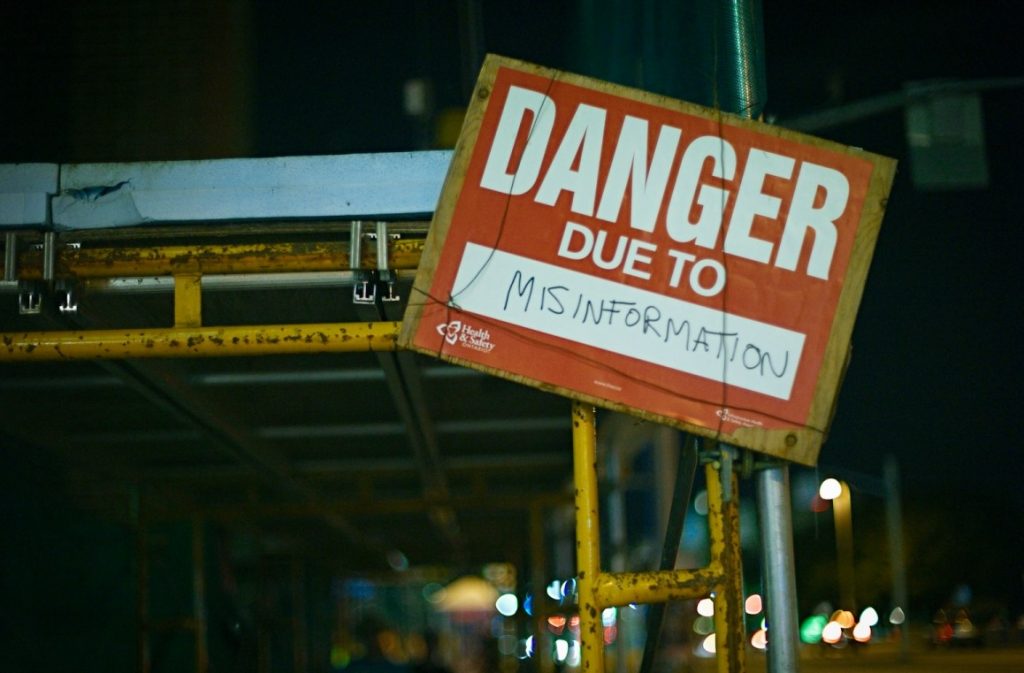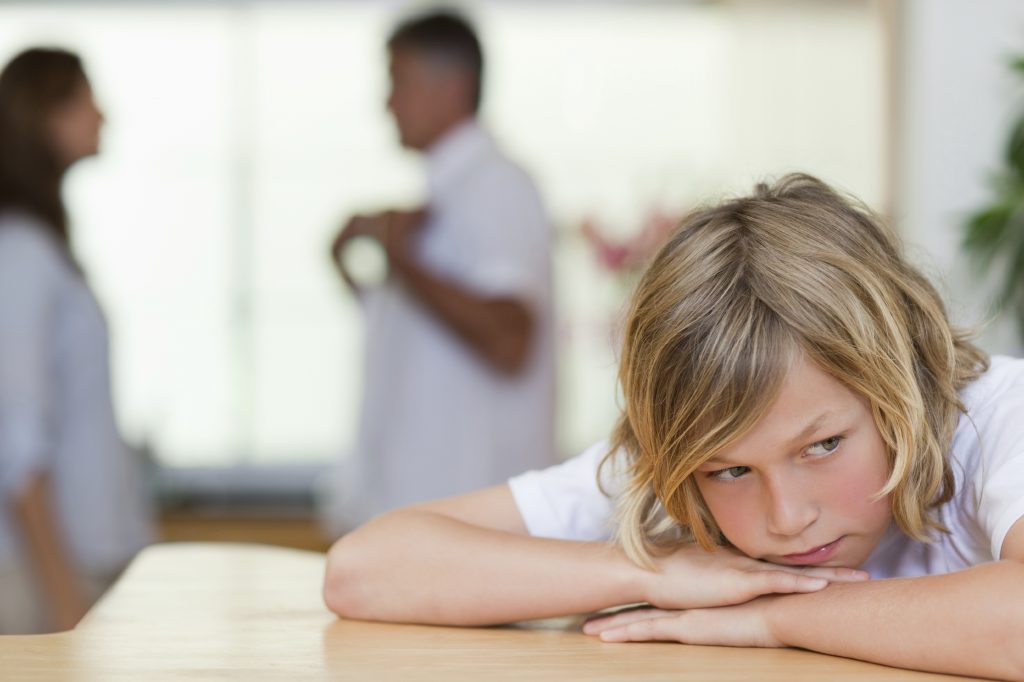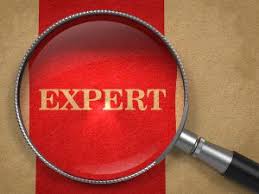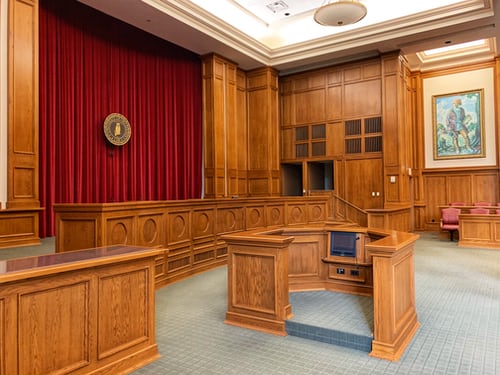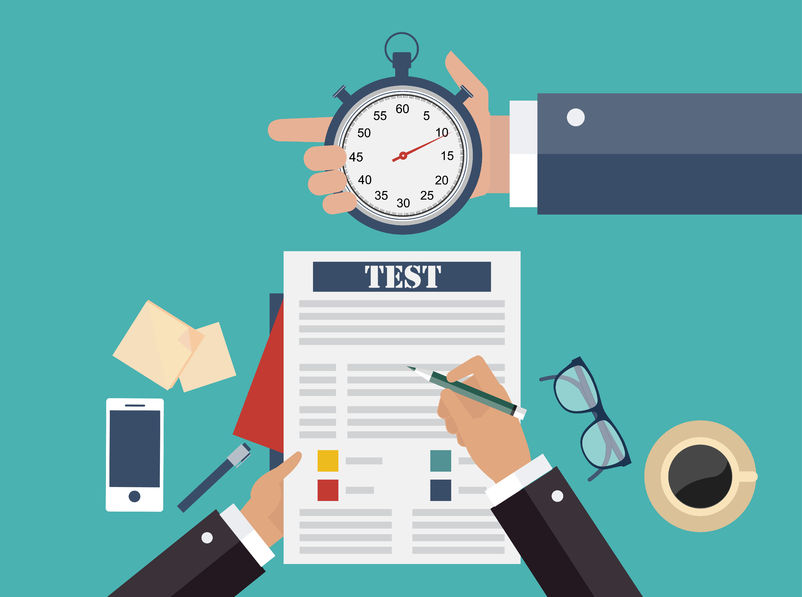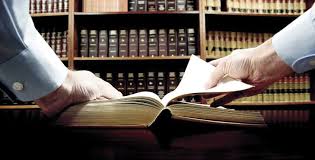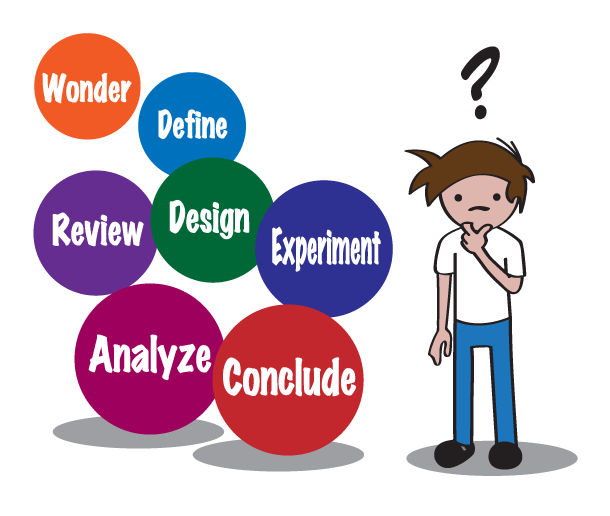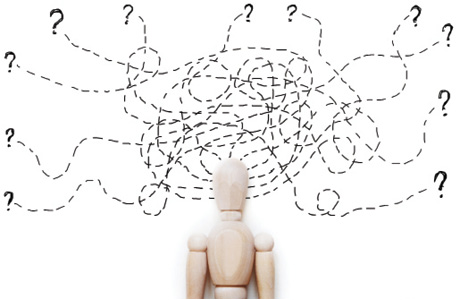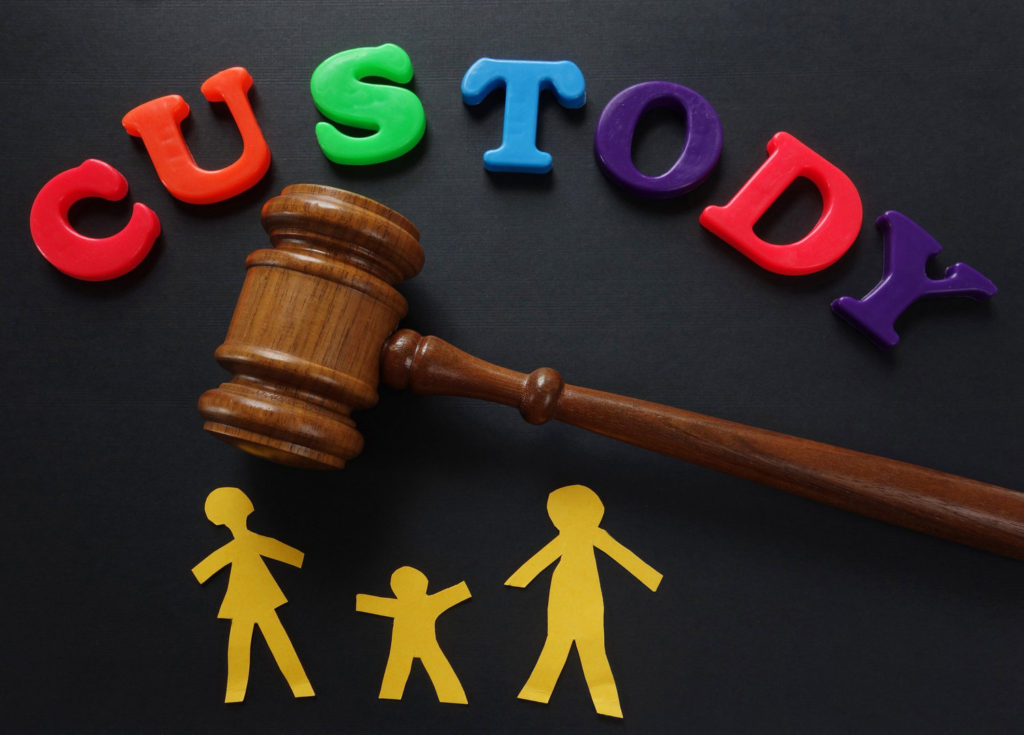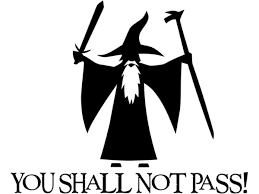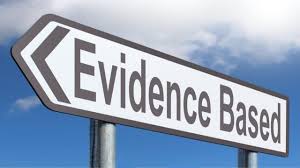Dr. Joyanna Silberg is a psychologist, Senior Consultant for Child and Adolescent Trauma with the Sheppard Pratt Health System, and Executive Vice-President of the Leadership Council on Child Abuse & Interpersonal Violence. She has written and edited books on child abuse and trauma and is a PA denier who frequently speaks and presents on the topic. Like Dr. Geffner, who will be discussed later on, on paper it would appear that Dr. Silberg is qualified to provide an opinion on PA. However (also like Dr. Geffner), savvy trial courts and litigators have revealed on numerous occasions that her knowledge or her methods or her familiarity with and reliance on the actual facts of the case were insufficient to enable her to provide reliable expert testimony. Here are some cases in which Silberg testified that demonstrate this that we at PsychLaw.net have found.
Volodarsky v. Tarachanskaya, Maryland, 2006
In Volodarsky v. Tarachanskaya, a mother waged a years-long campaign of unsubstantiated allegations and alienation from the moment of the child’s birth.[1] Mother’s various claims included that the child would return from Father’s care smelling of smoke, hungry, and bruised, and that Father physically and sexually abused the child. And with each new allegation, Mother unilaterally suspended visitation. As each allegation was returned unsubstantiated by investigating social workers, Mother continued to withhold visitation, and eventually the court ordered a psychiatric evaluation of both parents. Mother was revealed to have “little insight into her part in the current situation …, sees all of the difficulties as related to [Father],” and had no compunction against using the courts to interfere with his visitation.[2]
Mother hired Dr. Silberg, who seemed to confirm Mother’s allegations, perhaps to rehabilitate Mother’s position. Dr. Silberg testified to clear “evidence” that Father was abusing the child, and testified that “it is simply impossible to explain the level of symptoms that [Child] is suffering from …. [T]he child is seriously at risk of abuse,” and that the child’s statements were “so vivid and accurate that only real experience could produce these reports.”[3] After that testimony was presented, the cross-examiner could argue that Dr. Silberg may have violated the APA guidelines and ethical codes related to dishonesty, giving professional opinions about people they haven’t met, and bias.[4]
Father countered Dr. Silberg’s testimony with that of two experts. Shockingly, one expert testified that the child only reported abuse when Dr. Silberg, whom the child identified as “mommy’s friend,” was mentioned. In Volodarsky, the court found that Father was not sexually abusing the child.[5]
L.S. v. C.T., South Dakota, 2009
In the South Dakota case of L.S. v. C.T.,[6] Mother and Father separated when Child was just three months old. Child resided primarily with Mother in another state, and Mother began making allegations of sexual abuse by Father when Child was age two. Investigations were conducted by law enforcement and child protective services in both states, with all determining the allegations were unfounded. Just over a year later, Mother made new allegations of sexual abuse. There were no other indications of abuse, and the second CPS investigation was returned “unsubstantiated.”[7]
Nine months later, Mother made a third allegation of sexual abuse, and this last was tried over three days, during which 16 witnesses testified. Mother testified that Child reported to her that Father fondled and “poked” at Child’s genitalia and that, when Child returned from visitation with Father, she would “demonstrate how she tried to resist the abuse by holding her legs together.”[8] On the other hand, a senior investigator who looked into these latest allegations of abuse testified that he had concluded after his interview with the child, whose statements varied and contradicted one another, “that there is a high probability that she has been led.”[9]
This opinion was mirrored by another investigator, who had concluded that Mother was trying to “sabotage”[10] the parent–child relationship. The experienced investigator also testified Mother traveled to various law enforcement, child protection agencies, child advocacy centers, and medical personnel in South Dakota and Nebraska to find someone who would identify child abuse.[11]
The child also displayed other symptoms of alienation, including that she “could not indicate one good quality about her father.”[12] As this evidence of manipulation and alienation piled up, Mother hired Dr. Silberg who met with the child once, the day before testimony.[13] Dr. Silberg testified that per the “testing” used, Child’s scores were “literally off the charts”[14] in comparison to other children who had been sexually abused, and that Child was a “severely traumatized child with an inordinate number of symptoms of both trauma and sexual preoccupation.”[15] Dr. Silberg further opined that “it would be dangerous even for supervised reunification because the child presumes that the abuse must have been okay if nobody is saying anything to them about it.”[16]
It is likely that Dr. Silberg’s testimony would have been excluded if a proper voir dire had occurred. For example, the prepared cross examiner could endeavor to show that Dr. Silberg may have violated the professional guidelines and ethical codes that require knowledge, using established science in the area of work, and prohibiting distorting evidence and intentionally misstating facts and bias.[17] Luckily, an experienced forensic examiner fully countered Dr. Silberg’s L.S. v. C.T. testimony. The trial court refused to sustain Mother’s latest allegations and ruled against the protective order Mother was requesting.[18]
__________________________________________________________________
[1] Tarachanskaya v. Volodarsky, 897 A.2d 884 (Md. Ct. Spec. App. 2006), rev’d on other grounds, 916 A.2d 991 (Md. 2007).
[2] Tarachanskaya, 897 A.2d at 889; Volodarsky v. Tarachanskaya, 916 A.2d 991, 993, 994(Md. 2007)
[3] Tarachanskaya, 897 A.2d at 891.
[4] Ethical Principles & Standards, supra note 47, at C, 5.01, 9.01.
[5] Tarachanskaya, 897 A.2d at 892-894; Volodarsky, 916 A.2d at 1001. Note that in addition to the potential ethical violations for which Dr. Silberg could have been examined previously identified, she also could have been questioned about her duty to minimize foreseeable harm. Ethical Principles & Standards, supra note 47, at 3.04.
[6] L.S. v. C.T., 2009 SD 2, 760 N.W.2d 145 (S.D. 2009).
[7] Id. at ¶ 6, 760 N.W.2d at 147.
[8] Id. at ¶ 9, 760 N.W.2d at 148.
[9] Id.
[10] Id. at ¶ 7, 760 N.W.2d at 147.
[11] Id. at ¶ 20, 760 N.W.2d at 150.
[12] Id. at ¶ 30 n. 8, 760 N.W.2d at 153.
[13] Id. ¶ 13, 760 N.W.2d at 148.
[14] Id. ¶ 13, 760 N.W.2d at 148-49. Note, the record is unclear but Dr. Silberg may have been describing Mother’s responses to Friedrich’s Child Sexual Behavior Inventory, which is not intended to make the diagnosis of CSA by itself. The CSBI is a questionnaire, listing 36 behaviors, which are thought to be associated with sexualization. It asks a parent to “Please circle the number that tells how often your child has shown the following behaviors recently or in the last 6 months.” Each behavior may be rated as: “never”; “once monthly”; “1–3 times monthly” or “at least once weekly.” William N. Friederich et al., Child Sexual Behavior Inventory: Normative and Clinical Comparisons, 4 Psychol. Assessment 303-311 (1992). In high-conflict families, use of the CSBI with one of two polarized parents is subject to serious concerns about validity and reliability. For a discussion of the various types of validity and reliability, see Demosthenes Lorandos & Terence W. Campbell, Benchbook in the Behavioral Sciences: Psychiatry – Psychology – Social Work 359, 373 (2005).
[15] L.S., at ¶ 13; 760 N.W.2d at 149.
[16] Id.
[17] Ethical Principles & Standards, supra note 47, at C, D, 2.03, 2.04, 9.01. Specialty Guidelines, supra note 48, at 2.02.
[18] L.S., at ¶ 33, 760 N.W.2d at 155. See also Ethical Principles & Standards, supra note 47, at C, D, 2.03, 2.04, 5.01. Specialty Guidelines, supra note 48, at 11.01.

